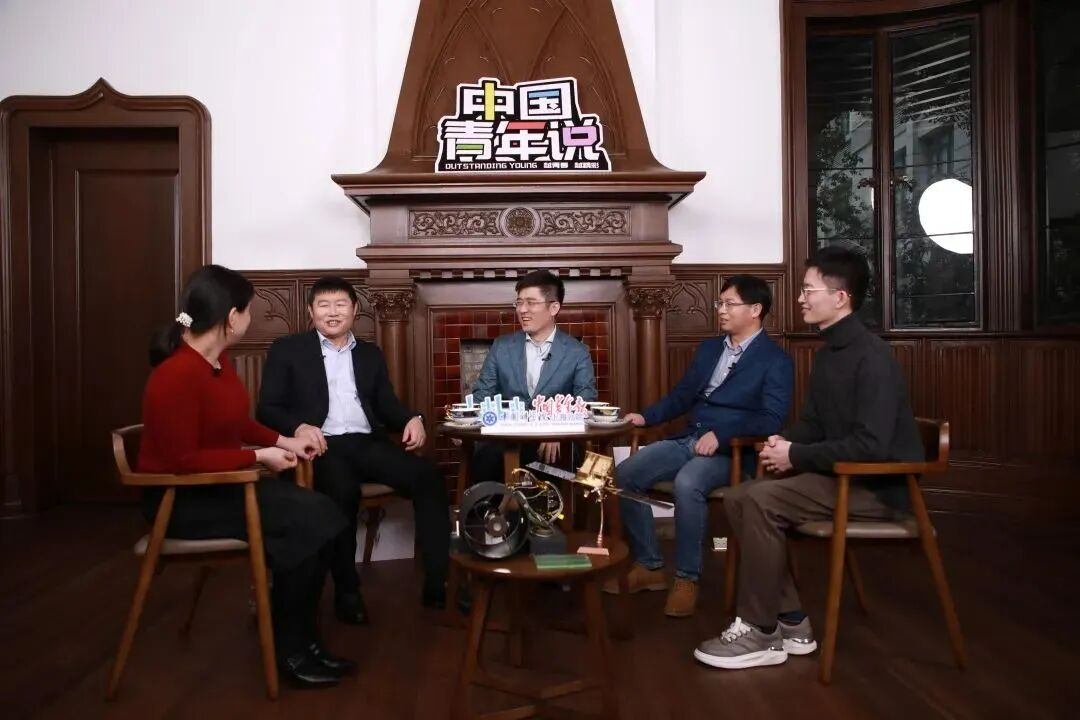Which sci-fi scenarios do you most want to see become reality? Is it the nano-flying blades from “The Three-Body Problem”;
or the space elevator from “The Wandering Earth 2″…
 A group of young scientists at the Chinese Academy of Sciences is gradually turning some sci-fi imaginations into “black technology” through dedicated efforts. The report from the 20th National Congress of the Communist Party of China emphasized the need to focus on national strategic demands, gather strength for original and leading technological breakthroughs, and resolutely win the battle for key core technologies. The China Youth Daily, in collaboration with the Shanghai Branch of the Chinese Academy of Sciences and Bilibili, launched a special program titled “Chinese Youth Speak: The Spirit of Scientists,” inviting four young scientists holding key core technologies to reveal the hard-core “black technology” that may be realized in the future.
A group of young scientists at the Chinese Academy of Sciences is gradually turning some sci-fi imaginations into “black technology” through dedicated efforts. The report from the 20th National Congress of the Communist Party of China emphasized the need to focus on national strategic demands, gather strength for original and leading technological breakthroughs, and resolutely win the battle for key core technologies. The China Youth Daily, in collaboration with the Shanghai Branch of the Chinese Academy of Sciences and Bilibili, launched a special program titled “Chinese Youth Speak: The Spirit of Scientists,” inviting four young scientists holding key core technologies to reveal the hard-core “black technology” that may be realized in the future.
In the eyes of scientists
What sci-fi concepts might become reality by 2035? Zhang Yonghe, director of the General Research Institute of Scientific Satellites at the Chinese Academy of Sciences’ Innovation Research Institute for Small Satellites, believes: “For China to transition from a major space power to a strong space power, more independent technologies and innovations are needed. By 2035, we can first imagine a world where everything is interconnected, information is ubiquitous, and everyone may have a connection to space, with opportunities for everyone to travel to space.”

Researcher Zheng Li from the Shanghai Institute of Microsystem and Information Technology at the Chinese Academy of Sciences hopes to challenge the limits of physics and develop silicon materials that approach perfection, ensuring that all silicon-related materials in domestic core components can be 100% made in China.

Researcher Tao Juncha, a member of the committee and director of the research department at the Shanghai Institute of Technical Physics, anticipates that infrared optoelectronic technology will play an increasingly significant role in aerospace, enabling interdisciplinary research, such as helping to find a second home for life in space and exploring whether there is life on other planets.

In the imagination of Zhang Chi, director of the Advanced Manufacturing Technology Research Institute at the Ningbo Institute of Materials Technology and Engineering, it is very likely that by 2035 humanoid robots will land on the moon and enter our homes to help care for the elderly and children.

Today, they find that more and more young people are bravely venturing into uncharted territories, engaging in cutting-edge scientific research, and aspiring to reach the summit of technology, breaking through in the “unmanned zone” at the peak and engaging in discussions with unknown competitors. They believe that future innovations will undoubtedly result from the sparks generated by young people colliding together. In the scientists’ boundless imaginations, today’s dreams are gradually becoming reality.
Source: China Youth Daily

This account’s articles are defaulted to enable WeChat “quick reprint”
Please indicate the source when reprinting
For other channels, please contact us